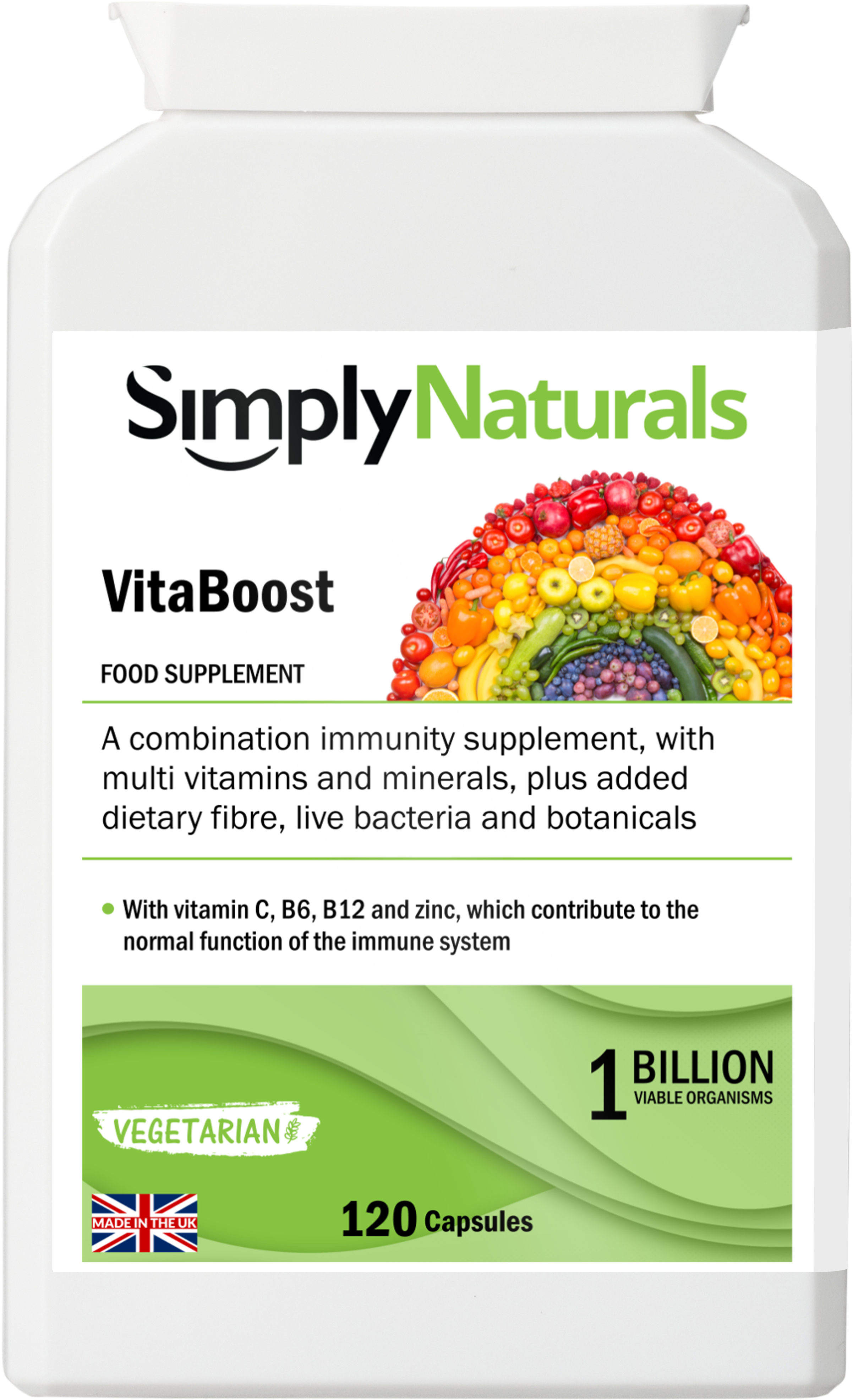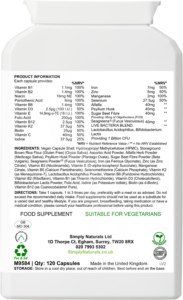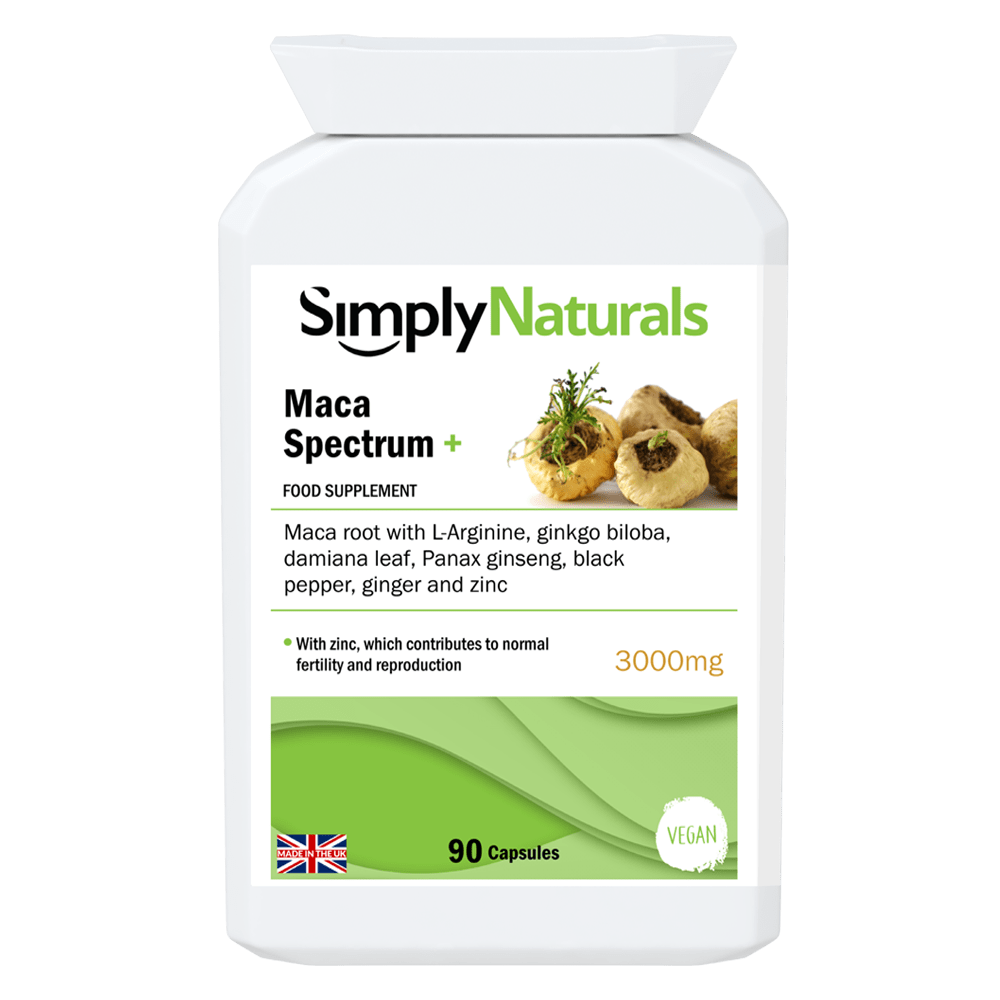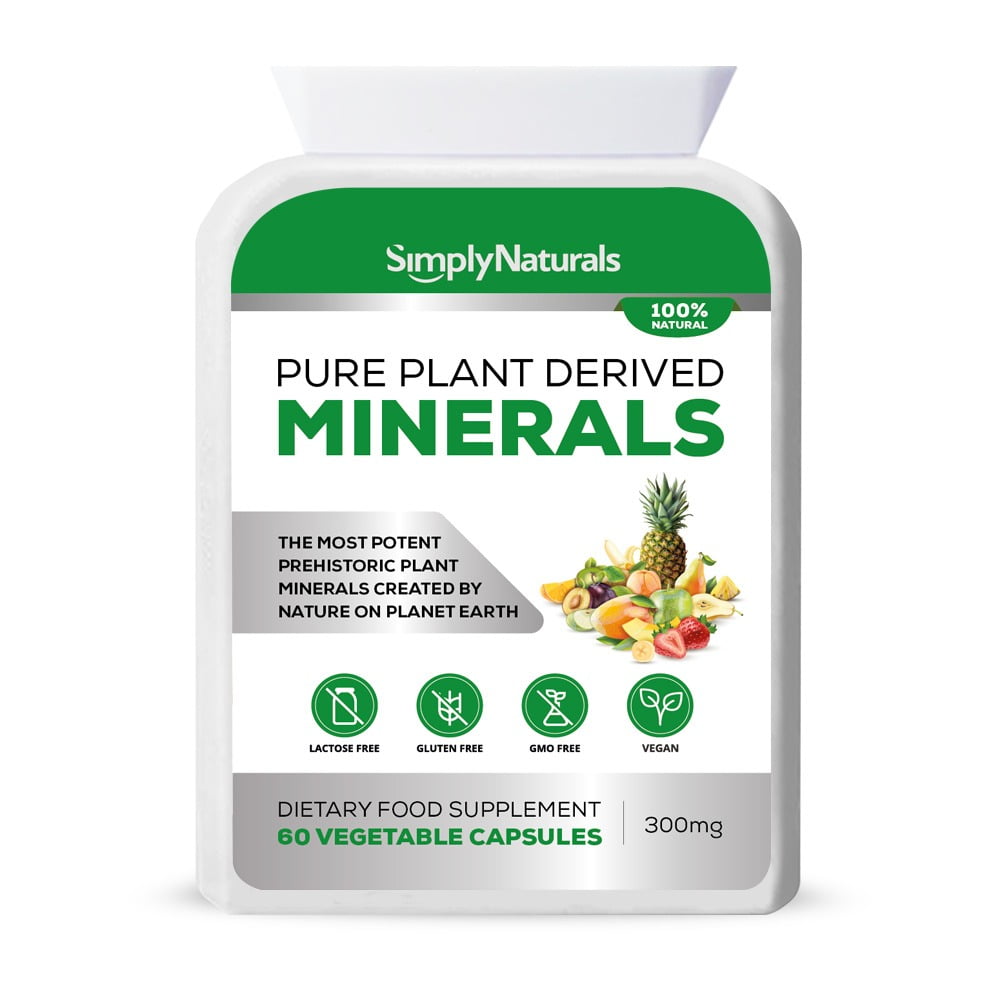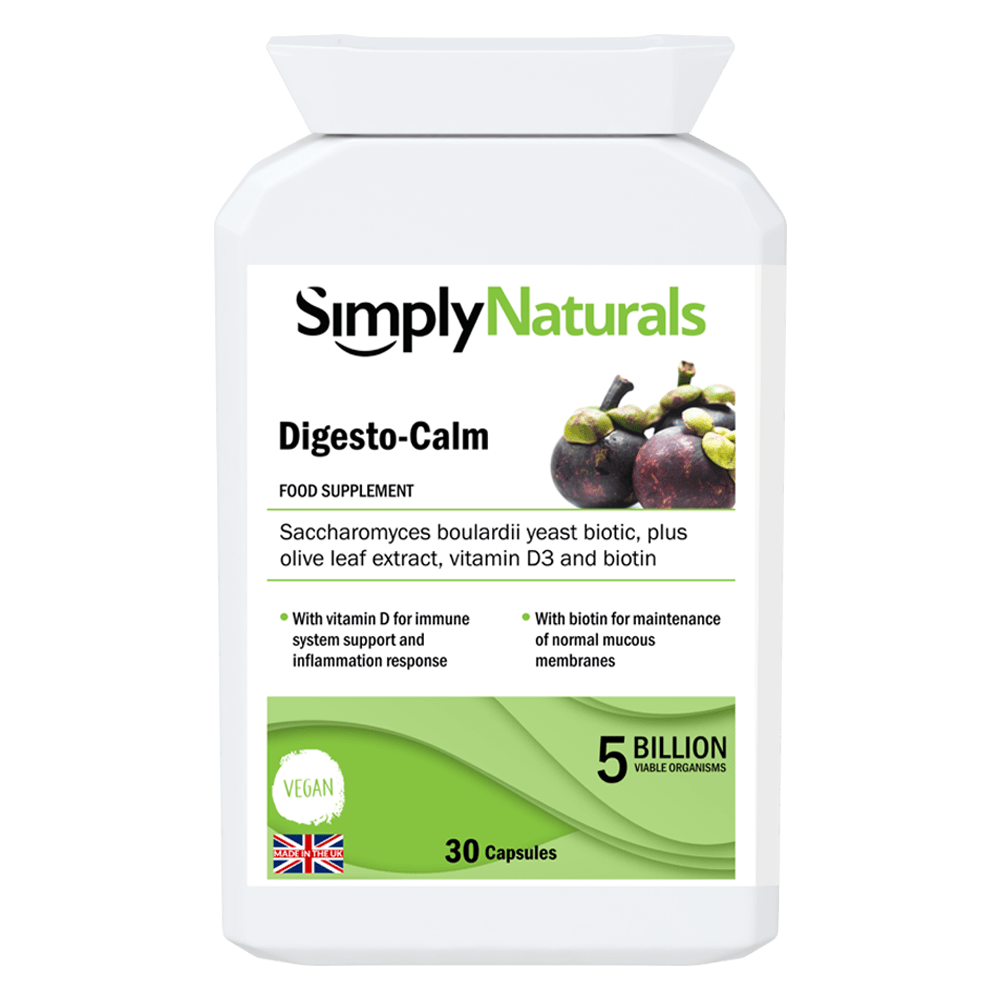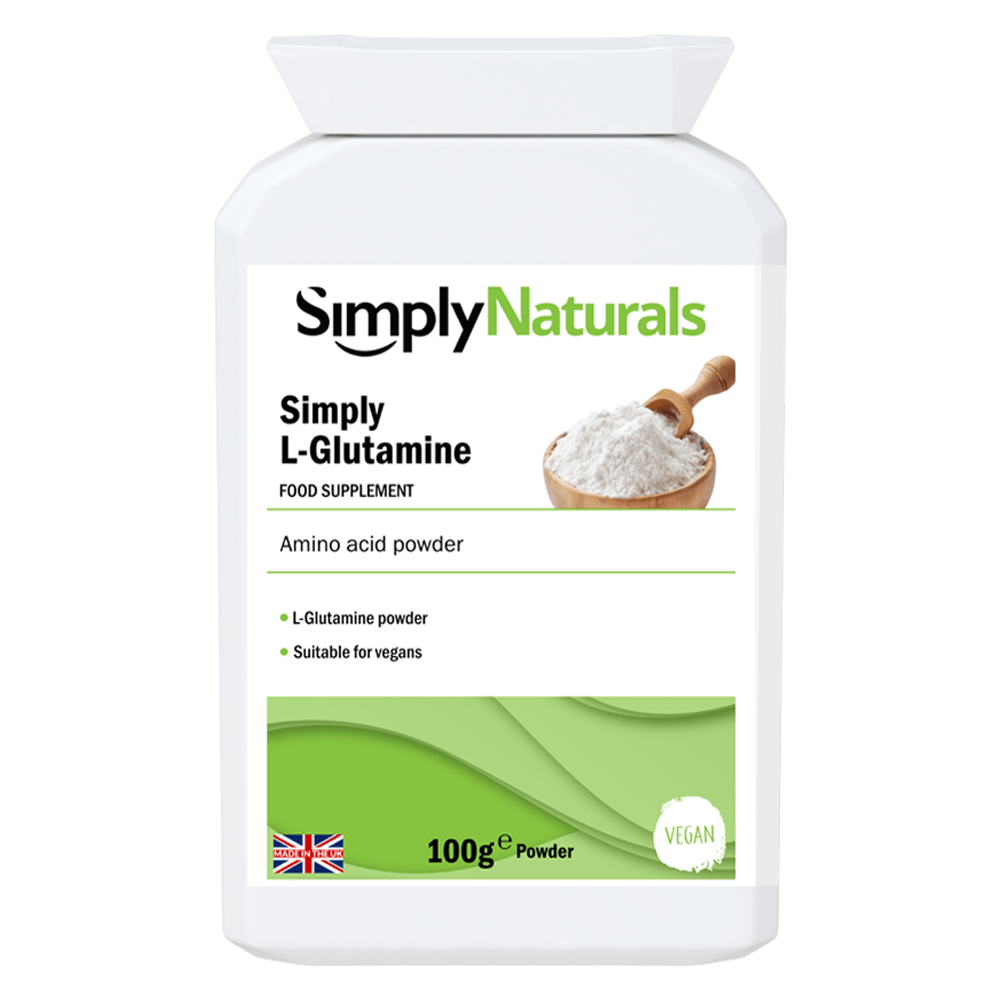The vitamins and minerals
This comprehensive formula contains a broad spectrum of vitamins and minerals to support a variety of aspects of general health and wellbeing – everything from the immune system, energy levels, hormonal activity, bone health, hair, skin and nails and eye health, to muscle function, cognitive function, inflammatory response, liver function, heart function and much more – backed by science
The botanicals
Alfalfa
Alfalfa is a nutrient-dense food, rich in chlorophyll, along with vitamins (such as A, B6 and 12, C, D, E, K and P) and minerals (including magnesium, calcium, phosphorous and potassium). It also provides a rich source of alkaloids, isoflavones, coumarins, sterols and essential enzymes. As such, and because it is cooling, sweet, astringent legume, alfalfa has been used to relieve menopause symptoms, including hot flashes and night sweats. It can also help to prevent cholesterol absorption in the stomach.
Seagreens (Fucus Vesiculosus)
Known by the common name bladderwrack, Fucus vesiculosus is a seaweed that contains mucilage, algin, mannitol, beta-carotene, zeaxanthin, bromine, potassium, volatile oils, iodine and many other minerals. It was the original source of iodine, discovered in 1811. Iodine is an essential mineral for normal thyroid function, mammary gland development and foetal and infant neurological growth. It also has a powerful antioxidant and alkalising effect. It has also been shown to help women with abnormal menstrual cycling patterns and menstrual-related disease histories.
The dietary fibre
Psyllium husk
Psyllium is used as a natural laxative and bulking agent in the treatment of constipation and, in some cases, obesity.
Sugar beet fibre
Sugar beet fibre has been scientifically proven to contribute to an increase in faecal bulk in two ways:
1) the insoluble components of the fibre increase faecal bulk by absorbing water in the large intestine, while
2) the soluble components are fermented by bacteria in the large intestine leading to an increase in bacterial mass.
As such, this source of fibre may have a beneficial physiological effect for people who want to improve or maintain a normal bowel function.
The live bacteria (probiotics) – 1 billion CFU
Lactobacillus Acidophillus
Lactobacillus acidophilus (L. acidophilus) is a type of probiotic (“good” bacteria) found in the human gut, mouth, and vagina, and also in certain foods. People commonly use L. acidophilus for diarrhoea from antibiotics, as well as irritable bowel syndrome (IBS), overgrowth of bacteria in the vagina and an infection caused by the bacteria Helicobacter pylori (H. pylori). It is also used for acne, hay fever, eczema and many other conditions.
Bifidobacterium Lactis
Bifidobacterium animalis subsp. lactis (B. lactis) is a type of probiotic (“good” bacteria) that lives in the intestines. It produces lactic and acetic acid. “Good” bacteria such as B. lactis can help break down food, absorb nutrients, and fight off “bad” organisms that might cause diseases. B. lactis is a subspecies of B. animalis. It is found in the human gut and used in probiotic supplements. People use B. lactis for excessive crying in infants (colic), constipation, irritable bowel syndrome (IBS) and respiratory tract infections. It is also used for dental cavities, hay fever, diarrhoea and many other conditions.

